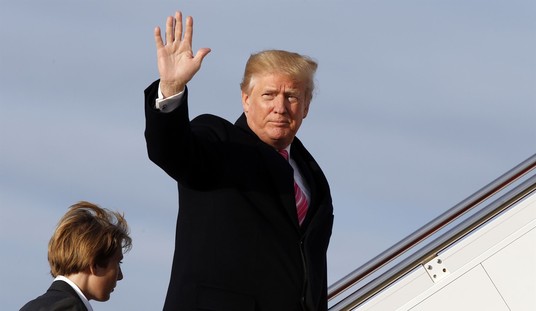According to Rolling Stone, CD sales are in rough shape this year:
Overall CD sales have plummeted sixteen percent for the year so far — and that’s after seven years of near-constant erosion. In the face of widespread piracy, consumers’ growing preference for low-profit-margin digital singles over albums, and other woes, the record business has plunged into a historic decline.
Libertas’s “Dirty Harry” surveys the wreckage and wonders why Rolling Stone is willing to blame everything but the low overall quality of major label music itself.
And speaking of which, England’s Telegraph spots a genre of the music industry whose sales have plumetted at double the rate of the overall CD market:
In 2006, rap sold 59.1 million albums, down 21 per cent from 2005. Not one rap album made the American top 10 sellers of the year – a list headed by the saccharine tunes of the soundtrack to Disney’s made-for-television High School Musical. The bad boys of rap are now trailing the cowboys of country and the headbangers of heavy metal.Since rap’s apotheosis five years ago, when Eminem’s album The Eminem Show topped the American charts with 7.6 million sales, no rapper has come close to emulating his success.
Rap has been deserted by many white fans and middle-class blacks, apparently tiring of the “gangsta” attitude to women, racism, violence and bling – the gold rings and medallions that have made hip-hop a byword for -vulgarity.
“The public has made a choice. They’re saying, ‘We do not want the nonsense that we see and hear on radio, and we are not putting our money there’,” said KRS-One, a rap legend from the Bronx. “Rap music is being boycotted by the American public because of the images that we are putting forward.”
If the mid-to-late 20th century is any guide, popular music in general, and black music in particular seems to undergo major self-immolations every few decades on a regular basis. In the 1940s, Miles, Dizzy, Bird and Charlie Christian used their Manhattan nightclubs as a laboratory to invent bebop, eventually killing the swing orchestras dead in their tracks. While bebop and its offshoots produced some brilliant music, by and large, it wasn’t a genre you could easily dance to. Which is why, as Mark Gauvreau Judge wrote in 2000’s If It Ain’t Got That Swing, the teenagers of the 1950s found an alternative: rock and roll. A few years later, Berry Gordy’s Motown borrowed from the assembly lines–not Detroit’s, but Hollywood’s–and adapted Tinseltown’s studio system approach to music, and produced hit after hit.
One of the reasons why both bebop and rock succeeded was that it required less musicians than the large swing orchestras. And somewhat similar to the demise of swing jazz, the singers, producers, tunesmiths and studio musicians of 1960s Motown and its ’70s offshoots such as Philadelphia’s soul studios–and of course, disco–were replaced by rap’s turntables, drum machines and sampling.
But rap took off over 25 years ago (with a sneak preview provided in 1970 by the Last Poets’ cameo on the soundtrack of 1970’s Performance), and that genre has also played itself out. I don’t know what comes next, but I’d like to see a move back to quality songwriting, melodies and musicianship–and infinitely less misogyny. Of course, like the film industry and network TV, it may just be that popular music as a commercial force is another holdover from the era of mass media, and going forward will face increasing difficulties competing in the era of the Long Tail.
In any case, with rap, rock and pop all deep in the doldrums, I’m quite happy to roll my own, as it were.









Join the conversation as a VIP Member